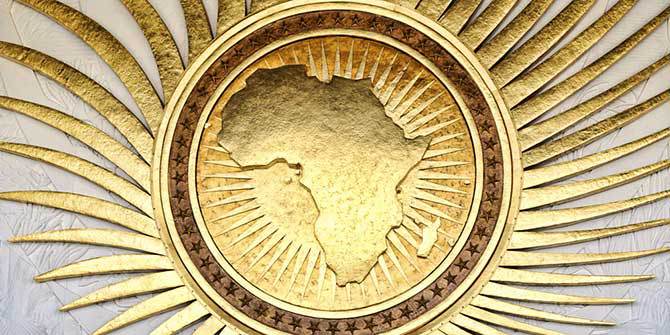 African leaders, high level-government officials, captains of industries and private sector executives are in agreement that the continent can attain socioeconomic structural transformation through intra-African trade.
African leaders, high level-government officials, captains of industries and private sector executives are in agreement that the continent can attain socioeconomic structural transformation through intra-African trade.
They say they are set to pave the way for the full implementation of the continental free trade area in the continent.
Four years ago at the 18th ordinary session of the Assembly of Heads of States and Government of the African Union held in Addis Ababa, delegates adopted the decision to establish a continental free trade area by 2017.
Obviously moving towards the achievement of this truly laudable goal, the AU’s Trade and Industry department put together a 2-day trade facilitation forum to clear up grey areas of the policy.
After two days of serious deliberations on trade barriers, trade policies, facilitation and financing, business professionals agreed that creating a single continental market for goods and services was key.
Achieving it with free movement of businesses and persons will pave way for rapid development in the continent.
The continental free trade area will bring together 54 African countries with a combined population of a billion people and combined gross domestic product of more than 3.4 trillion dollars.






reverse phone lookup location reverse phone lookup venezuela free reverse phone lookup
name
When someone writes an post he/she maintains the thought
of a user in his/her mind that how a user can know it.
So that’s why this post is amazing. Thanks!